The next time you’re at a race or an event, Anna Griessler would like for you to take a look around to see if you notice anything.
A blind runner with a guide at your local 5K race?
Accessible bathrooms at the aid stations?
A wave of para-athletes starting before the rest of the crowd?
As the Cycling Events Manager for the Challenged Athletes Foundation, this is the space Anna lives in. She and the organization work hard to increase accessibility and amenities for adaptive athletes like those in wheelchairs, with prostheses, or with a disability like loss of vision.
“You don’t have to be an adaptive athlete to be involved and make an impact,” Anna says. “That’s arguably where the most impact comes from. This group has been underserved and underrepresented for so long. We need voices that stick up for them and people that have the ability to make some of those systematic changes to advance this field forward. That starts with us being that voice for those who need it most.”
Since the first Paralympics, adaptive sporting events have come a long way; but there’s still so much more work to be done. Many barriers remain for adaptive athletes – cost, accessibility and opportunity being the most prominent – but organizations like the Challenged Athletes Foundation are helping to not only shed light on the barriers but make true and lasting change for the athletes.
“It’s been a slow and steady process, and even though we’ve come so far, there’s still a lot to be done. There are a lot of great organizations doing a lot of great work in the space, and it’s starting to pick up,” says Anna.
Read on to learn more about Anna’s work with the Challenged Athletes Foundation, as well as what it feels like to do 10,000 burpees in 100 days!

Tell me a little bit about yourself, and how fitness and sports came into your life.
Like many people, it started from a young age. I had some food sensitivities growing up, so I had a hard time sitting still – and I was homeschooled. I have this memory of being under the table and my mom was trying to read to me, and I was just bouncing around … so being able to move and get outside has been a part of me since my earliest memories.
My family moved to Florida when I was in elementary school. It was a place where I got to play sports outside year-round. I picked up soccer, fell in love, and was fortunate to play throughout college. My love for the outdoors grew out of camping and hiking trips with my dad and brother at a young age and expanded into climbing and backpacking trips. Being on the East Coast, on the water, you could surf and go swimming. … Really I just love all activities, all the ways to move your body.
It’s only grown from there. Having moved to California – a place where you get to swim and surf in the ocean in the morning, then go up to the mountains to ski a couple of hours later – is pretty epic.

How did you become involved with the Challenged Athletes Foundation?
You know, I look back on how I got to where I am, and it’s one of those serendipitous “of course this happened this way” kind of things. When I was in college, I had an internship in Chicago with Dare2tri, which is a non-profit organization working to break barriers and empower athletes with physical and visual disability through adaptive sport. It was through them that I heard about the Challenged Athletes Foundation.
Right after college, I moved out to California for an internship with the US Olympic & Paralympic Committee in Chula Vista. I volunteered with CAF because I knew they were in the area – they’re based here in San Diego.
This is kind of a cool backstory: In 2019, I volunteered with CAF helping to hand out sandwiches and snacks for this big group of bike riders who were doing 100 miles that day. Fast forward to 2022: I was working with the Marine Corps as a strength and conditioning coach, and I was looking to get back to working with adaptive athletes. I went on the website, and CAF had a job posting in cycling events. Now, I get to manage their cycling events, and the event that I manage is this epic bike ride down the coast of California. It’s the same event I had volunteered for in 2019!
I started as a volunteer; full circle, three years later, now I’m managing that event. I never thought that would happen, or when it would happen!

How and when did you discover your passion for working in this field and with adaptive athletes?
I think like most adults, we feel that we have to have our passions figured out when we leave college. My college professor and mentor, Dr. Sara Terrell, brought in her friend, Peggy Ewald, to speak about para-swimming. She’s one of the USA paralympic swim coaches, and she talked about this population that I didn’t really know about: those who have physical and visual disabilities in sports. I come from a sporting background. I knew that I wanted to serve in the athletic context, but I didn’t know what that looked like.
I was studying exercise science at school, and while many of my peers went on to be physical therapists and athletic trainers, I knew that wasn’t my passion, but I did think about becoming a prosthetist. As a prosthetist, you can, for example, design recreational running blades for someone missing a leg to be able to run. That’s when I did my internship in Chicago with Dare2tri.
After that experience, I shifted my interests from the orthotic and prosthetic field to focus on advocating and pushing the adaptive sport field forward.
I’ve worked as a coach and training partner for Paralympic athletes, served as an ambassador the Range of Motion Project, which provides prosthetic care for underserved people, and I’m currently conducting my graduate school thesis on analyzing the physiological response to a maximal aerobic test in a man with paraplegia in hopes to better speak to what beneficial physical activity guidelines someone with a spinal cord injury should do to maintain a healthy lifestyle.
I’m so stoked to have discovered my true passion for serving this population and can’t wait to see how I can play a role in advancing this field forward.

What are some of the barriers faced by people with a physical or visual disability within sports?
The biggest one is cost. When you think about having access to being active, if you are an amputee or missing a limb, for example, then being able to run, hike, bike, surf … you probably need a recreational prosthesis. Insurance companies don’t currently cover any recreational prosthesis. The only thing covered are standard walking legs. Some of those equipment pieces cost thousands of dollars. A racing wheelchair is $3,000-$8,000; recreational running prostheses are anywhere from $5,000 to $20,000. So the cost is a big barrier.
Another barrier is access to facilities. We have the ADA (Americans with Disabilities Act of 1990), but many events and places are still unaccessible. There are so many small things we don’t notice or think of. If you’re visually impaired, you often will need a guide to help you get to the start or through the race. One example from a recent race that I saw there was not having accessible bathrooms at any of the start locations, and the finish line wasn’t accessible. There are so many things you really don’t think about until you are in that environment, or someone notifies you of a need they have.
Then another big barrier is just community and the ability to feel like you’re not alone. We rarely see anyone who is in a wheelchair lifting at the gym or at a local 5K race. These athletes worry they’ll be ostracized or put on the side because they’re the only one there who is represented.
But there is hope. Some of these things are really changing, like at the Paralympic level – it’s gaining more traction and visibility, and that trickles down to all the other competitive, nonprofit, grassroots levels. Also, in the high school and collegiate settings, things are becoming more accessible and well known with more people advocating for change and representation.
The field has really come so much further as people are becoming more aware. The first step toward change is awareness. It’s really cool to see stuff like that.

How has adaptive sports grown in the last 10 years and where is it headed?
Some of the first adaptive sports took place over 100 years ago. The first Paralympics took place just after World War II, and that was the first organized competition of wheelchair athletes. It wasn’t called the Paralympics, but since then, you see the progression of sport over time as technology and interest has increased.
But even in 2016, the Rio de Janeiro Paralympic Games – those almost didn’t happen. We’re not even 10 years back and we’re already looking at how these major athletic events sometimes don’t happen because of funding, usually. Some of my friends who were competing in those games didn’t know they were going until just a couple of weeks before the competition was supposed to begin. That’s at the elite, top level. So imagine what this means at the recreational and grassroot levels.
When you think about the grassroots or recreational level – I don't know about you, but growing up, I didn’t know what adaptive sports were. I didn’t see people with a physical disability competing at local 5Ks, or at the gym, or on hikes. The 2016 games were a huge moment for adaptive sport because you saw the representation in a new way, and when big companies support that and have it on ads and commercials, it trickles down. Nike has done so much now in the last couple of years showing ads featuring Paralympic athletes. And there have been inclusions – not many – but several universities now have adaptive sports.
It’s been a slow and steady process, and even though we’ve come so far, there’s still a lot to be done. There are a lot of great organizations doing a lot of great work in the space, and it’s starting to pick up.

How can you be supportive to the adaptive athlete community if you’re not an adaptive athlete?
There are any number of organizations out there that seek support guides. Guides are people with sight who can run alongside, swim next to, or ride a tandem bike with someone with a visual impairment. And guiding is so amazing. If you like getting active, and getting outside, and enjoy that camaraderie aspect, you could be the eyes for someone, which is just a really cool concept because now you take an individual sport and make it a team sport. You can do any sport you can think of – climbing, hiking, surfing, running, swimming … People are always looking for volunteers for whatever athletic events might be happening.
You don’t have to be an adaptive athlete to be involved and make an impact. That’s arguably where the most impact comes from. This group has been underserved and underrepresented for so long. We need voices that stick up for them and people that have the ability to make some of those systematic changes to advance this field forward. That starts with us being that voice for those who need it most.
Have the courage to reach out and ask questions. In the adaptive sport world, verbiage plays such a huge role. While you may not want to offend or belittle someone, having the courage to ask questions and have conversations, then going out to events and trying to improve things is a great way to help support these athletes.
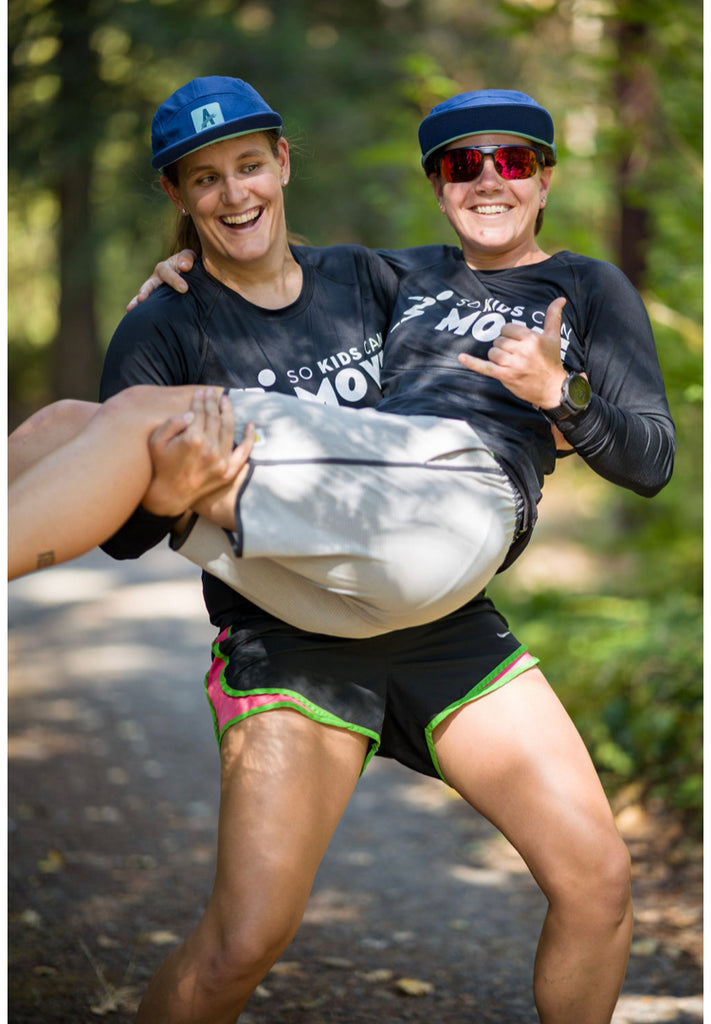
What kind of change would you like to see happen in the next 5 years? What is the most important thing that needs to happen?
I think it would be two-fold. We need to start with the major barrier of access. We already talked about cost and accessibility. There are many organizations like the American Orthotic and Prosthetic Association, the National Association for the Advancement of Orthotics and Prosthetics, the Amputee Coalition, and the American Academy of Orthotists and Prosthetists who are out there fighting to enact legislation to get recreational prostheses covered by insurance companies.
Starting with kids under 18, the So Kids Can Move Campaign has already gained some traction in eight states. I hope to see it take off in every state. The VA does a good job of covering care for our military and first responders, but it’s not covered for the general population at the moment. So that’s something I would really love to see because then you cut down that barrier of even just getting started.
And then the other part of that is the events that are already out there – marathons, bike rides, and triathlons – that they continue to make sure their races are accessible. While not every race can be accessible to the fullest extent, there’s a lot more that could be done. The simplest things such as having an ADA bathroom at a course stop, for instance.
Those are the two areas I would really like to see the field continue to grow, and I do feel that we’re on track to do so. It’s exciting to see.

How do you view sports, community, health, and fitness as being connected?
There are three buckets of health, and they all relate together. If you think about somebody who is thriving in their physical and mental health with a great social community, and then you see someone where those pieces are missing, or there’s just something that doesn’t fit, you can visually see the difference.
Everything is connected. We’re all connected to each other, and our health and fitness are the foundation. If you don’t have your physical or mental health, then you’ll always be suffering in some way or missing some component.
And then you have organizations like Athletic Brewing, who seek to step into that space and provide a vessel – via a non-alcoholic craft beer – to communities to empower and improve physical, mental, social and environmental health.
It’s also related to adaptive sports too. We step into that space to serve others and boost others’ physical and mental health.There is so much to be said about those areas and how they relate to each other, and why it needs to be emphasized.

How did you find Athletic Brewing and the ambassador program?
One of my friends who is an ambassador offered me an Athletic at the park a few years ago. I didn’t know it was NA. I took a sip and was like, this is amazing! I was hooked immediately on the taste.Then I went back to the computer, intrigued. Having a non-alcoholic beer that I could sip on out with friends was a huge draw to me. I don’t always want to drink, but I want to participate.
I’m a big purpose-driven person, so I read up on the company’s mission and vision, and learned about the ambassador program. It’s a bunch of real people explaining their stories and how they relate to the broader mission, which represented so many of my own values. Then, I wanted to know how I could become more involved. How can I get the word out about this?
It was 2020. I was just getting started as a working professional, and you know, the community, health, getting outdoors … I just saw how this all related in my life. I’m in the health and fitness scene. I want to help people. I want to serve people. I care about the planet, and I care about my own physical health, too.
I think there’s a lot of people in my generation who want to support organizations that are doing good work. We’re realizing so many things about the state of the world and planet, and we want to be a part of making it better.
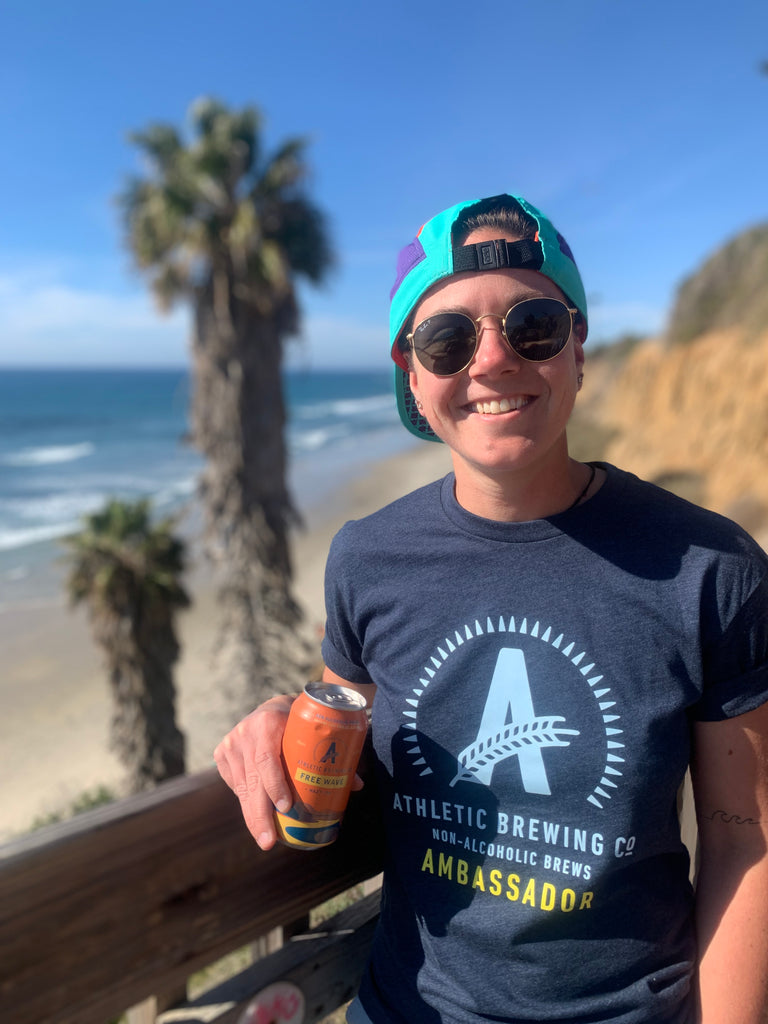
What are some of your proudest achievements?
Athletically, over COVID (lockdown), I did 100 burpees for 100 days. I was craving some discipline. I used it not only to get more into myself, but to bring my community along with me. In the third month, I was also accepted as an ambassador for the Range of Motion Project, which provides prosthetic care to underserved countries and people, and they have this campaign every May called Mobility May. You’re part of a movement to get mobile, however you can be mobile.
May was the culmination of 10,000 burpees! Not only was I excited to be done doing that every day, but I had a video conference, and my community participated in burpees together. We all cheered. It was a cool moment to share.
It was just a personal discipline endeavor for myself that transcended over into my community, as it always does. It also was a really cool achievement!

Do you have any bucket list races, events or achievements that you’d like to attain one day?
I really like alternative, far-out fitness challenges. When I was in high school, I swam 4 miles in the river with a group of people. I did 100 burpees for 100 days.
I would love to bike across the U.S. with my brother or walk across Europe. I would like to do IRONMAN 70.3 Oceanside. Endurance isn’t really my thing – I’m a sprinter – But I would love to guide somebody for IRONMAN 70.3 Oceanside. I’d love to do it as part of a team.
And then I’d love to do RAGBRAI (Register's Annual Great Bicycle Ride Across Iowa). If someone has a crazy fitness challenge that they’ve done and want to share it, I would love to take it on and just see if I can do it …
My ultimate goal is to be recreationally fit enough to be able to do anything! If I can do these endeavors, that would be fun. I just want to have some fun outdoors.

What’s your favorite (recovery) food?
I love apples – Mostly Granny Smith and MacIntosh. I also really love rice cakes with peanut butter, honey, banana and cinnamon. Those are my go-to. And of course an Athletic brew! That hits so nice after a workout, or a race. Fresh, and crisp.
What do you like to do on rest days?
Even on my rest days, I like to get outside. It usually involves just relaxing in a chair, getting some sunshine. I’m a big barefoot person. I actually went 3 days in high school without shoes, but I also grew up in Florida where that was somewhat acceptable. So just to be barefoot and to be grounded is a huge thing for me.
I’m really into biking too, so on my weekends I look forward to tinkering around with my bikes. Building stuff, hanging out with friends, putting my feet up for a little while. If there’s a water source, that’s even better. I really love water. You’re weightless, and you feel alive and excited.
All those activities are always relaxing and regenerative for me.

What gets you up and out of bed every day?
For me, it’s my purpose and why I'm here. Growing up, my mom would always say that service to others is the rent that we pay for our time here on Earth. So that mindset of servitude has been part of my life since I can remember.
And this is the vessel that’s been a huge part of that – growing up with sports and organized sports, fighting hard for my teammates, loyalty, camaraderie … Maybe my impact is sometimes only with a few people or my small community, but I have broader aspirations that what I'm doing and where I feel the most drawn to is the adaptive sports space and pushing that field forward. The access, the advocacy, the representation … I want to have a role in making it more well known to people.
That is what gets me up every day. I’m really lucky to be able to have a job that plays a role in that. Then also my hobbies and time outside of that, I get to serve in that space too, especially over COVID [lockdown] when a lot of us were struggling to find that community. A huge part of what I realized was that I needed to get out of my mind, and get out of my circle; I needed to go out and volunteer, and go out and serve other people, because getting out and being with other people filled me up.
What does Fit for All Times mean to you?
I think it has so many different connotations. You think about physical fitness, mental fitness, your ability to go out and take on challenges and to be ready to do that, but then it also has an adaptability component where you can change your circumstance or shift to whatever life is throwing at you, whatever season you’re in, because you’re fit to take it on.
It's an ever-changing and adaptive concept. It’s not only about the self, but your circumstances and your situations. That’s life. It’s a roller coaster. It’s all ups and downs. And to be able to bring your best self to that day, or whatever you’re working with or working through, means that you’re just even more fit to take it on, take it in stride, and be more resilient for the next thing.
If you’re interested in joining the ambassador program, visit our Ambassador Community Page and sign up to be notified when applications open!
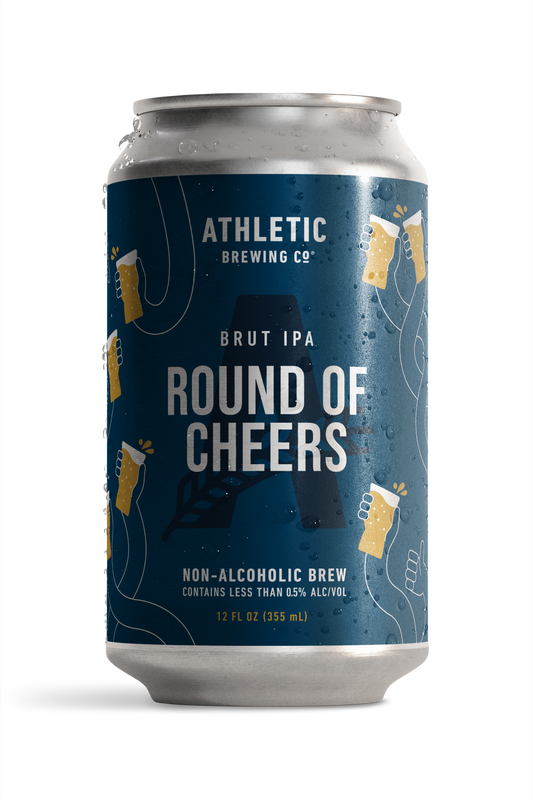
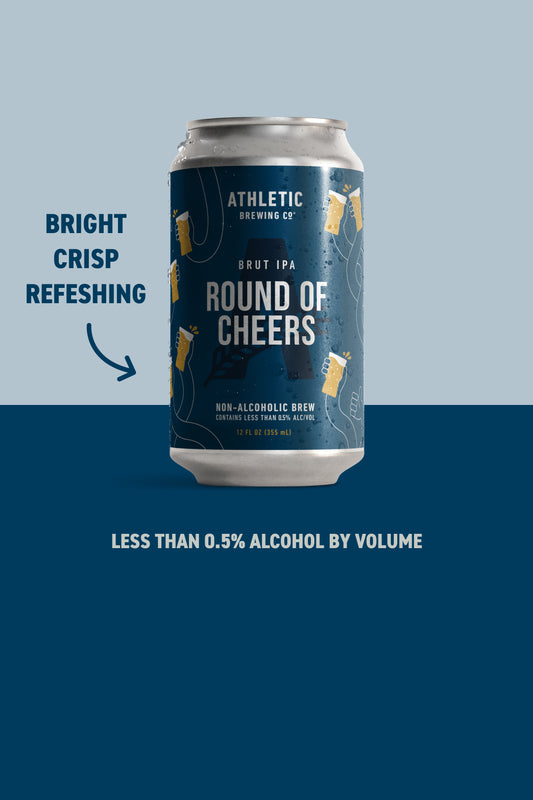
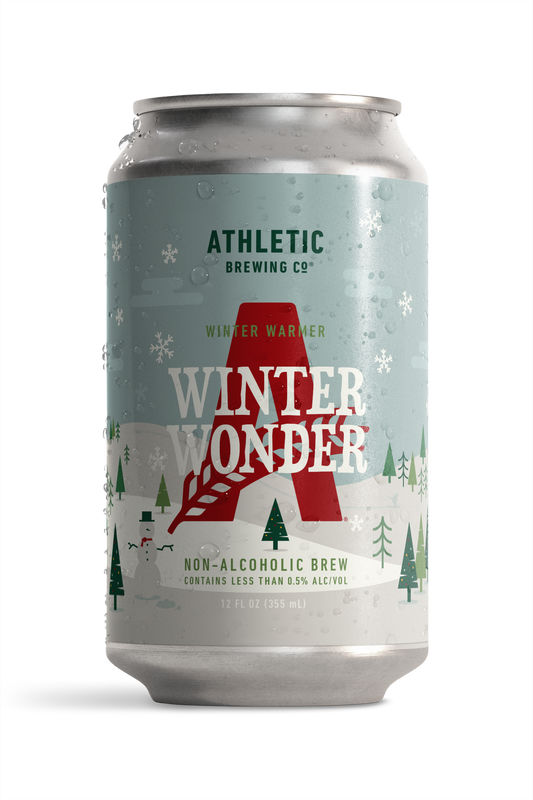
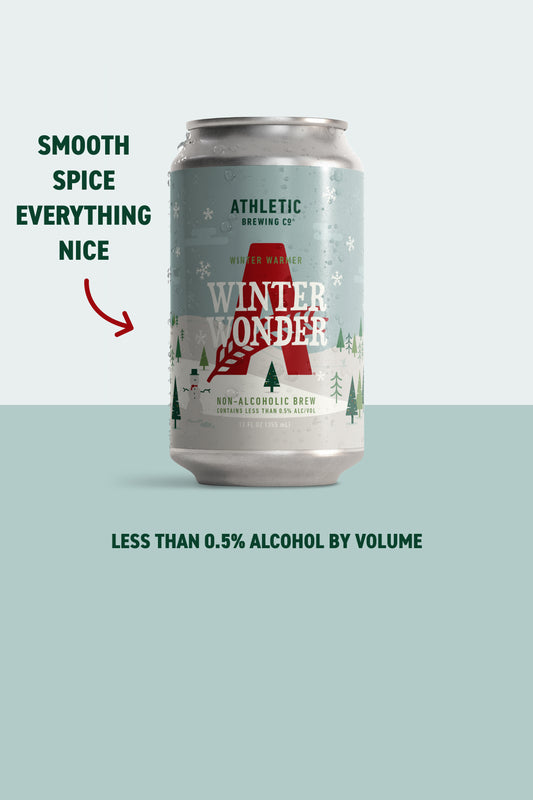
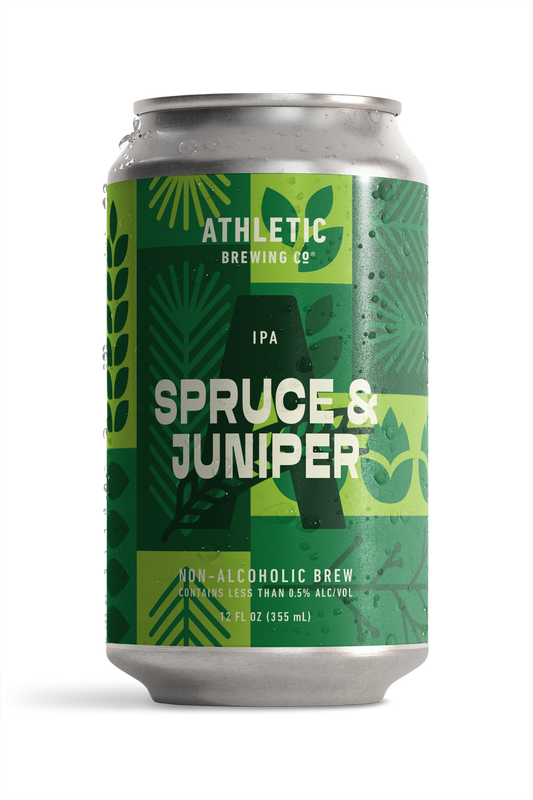
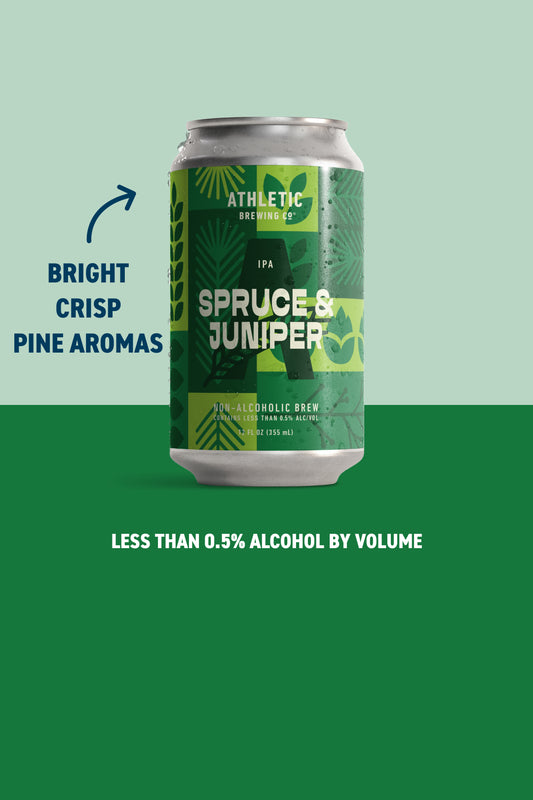
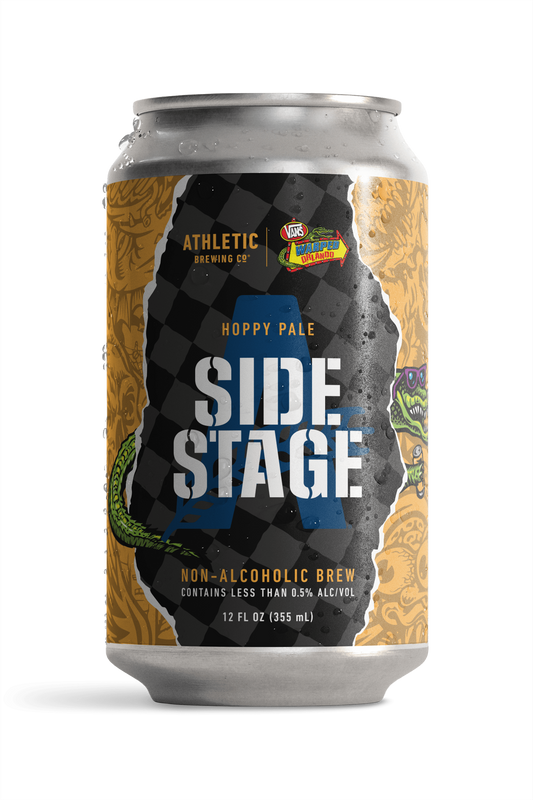

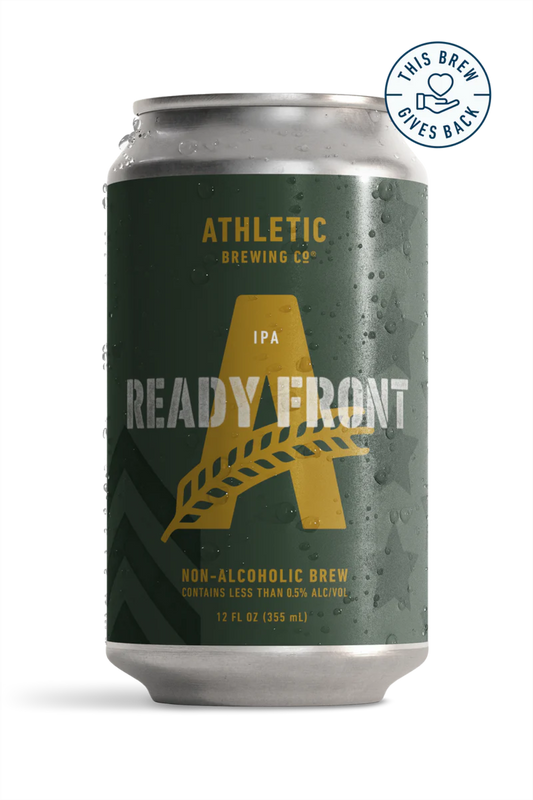
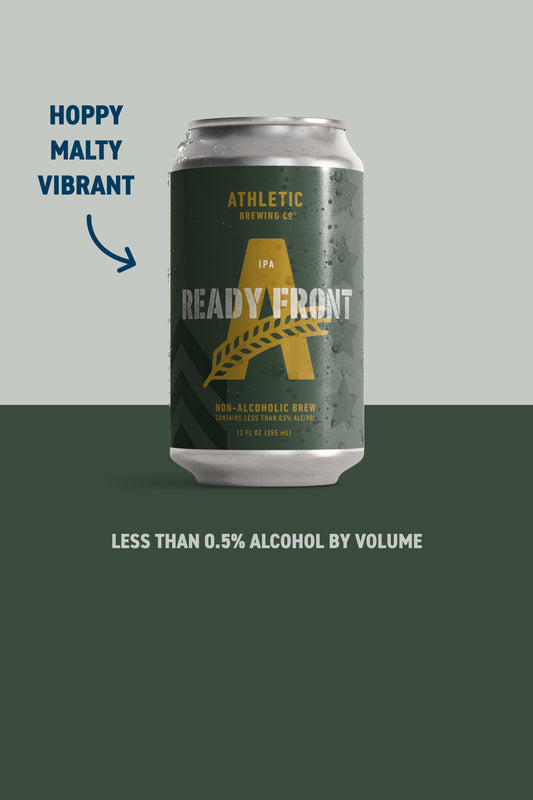
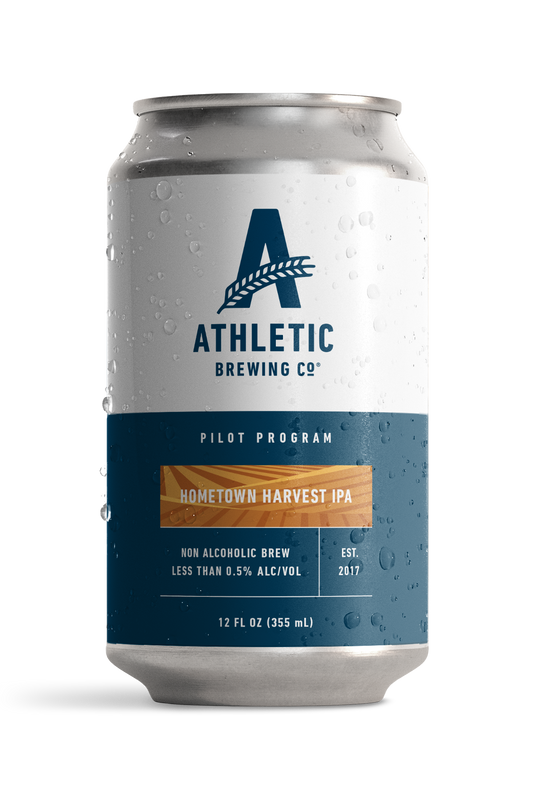
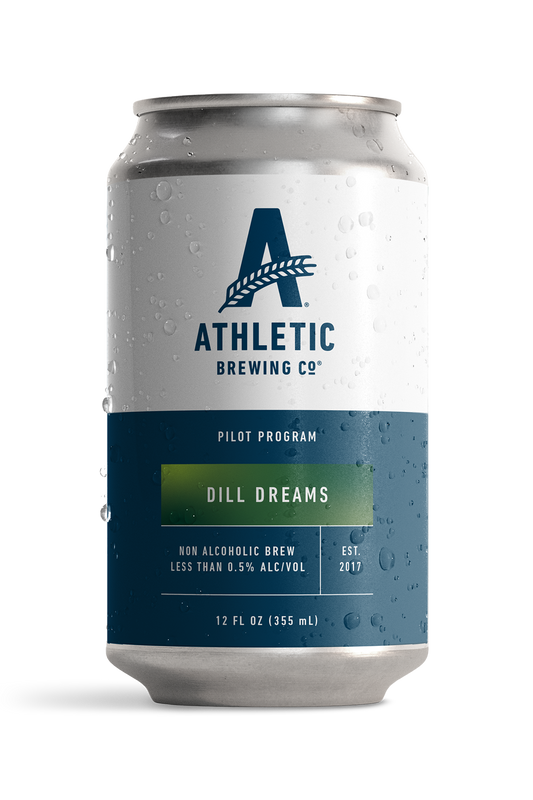

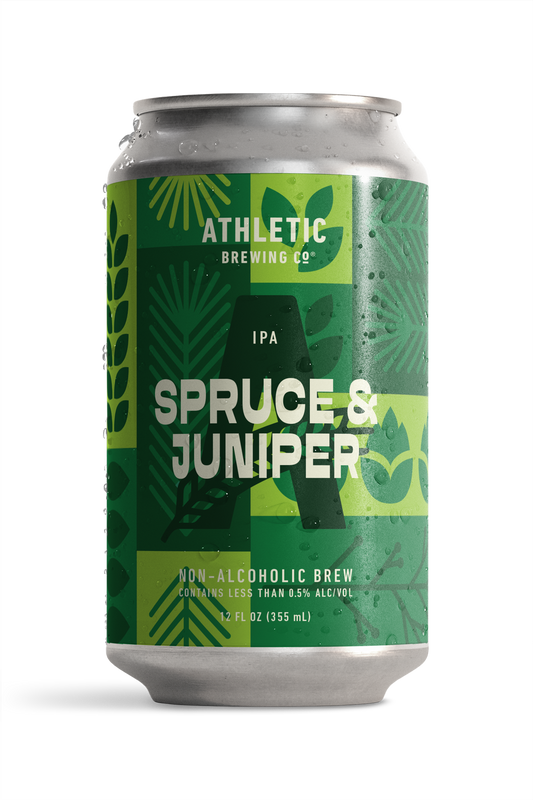
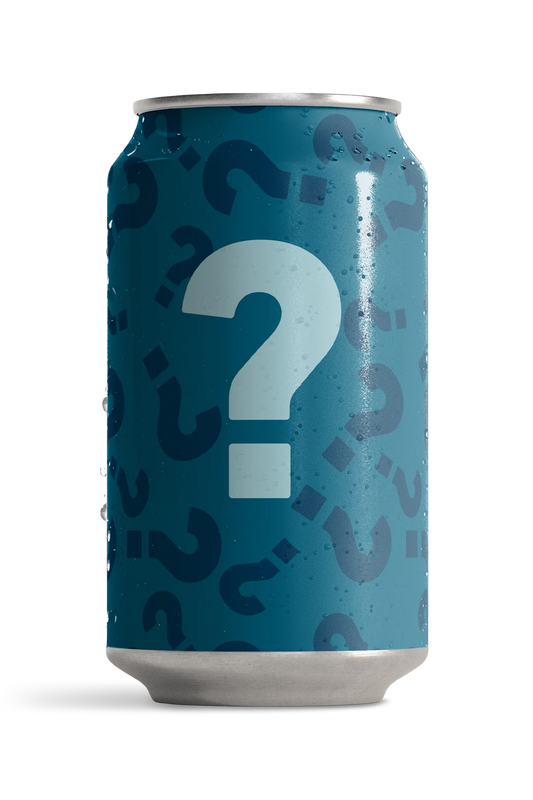










 Your Privacy Choices
Your Privacy Choices











